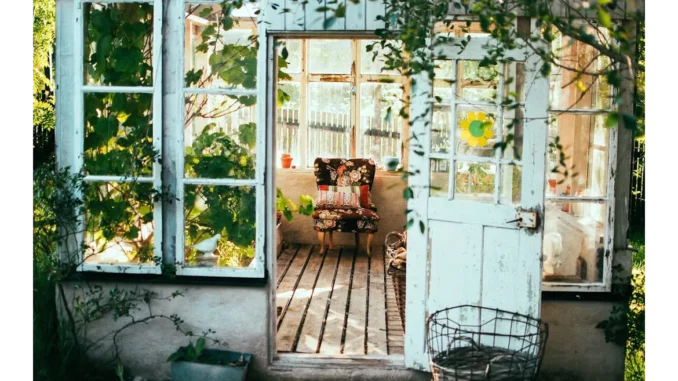
In the realm of real estate, the importance of a well-designed garden cannot be overstated. It’s a key element that can significantly impact the value of a property. I recently had the pleasure of sitting down with Sarah Mitchell, an experienced landscape designer, to discuss the most common garden design problems and how to solve them effectively. Sarah’s insights were not only enlightening but also practical, providing solutions for those looking to spruce up their gardens, whether for personal enjoyment or to impress potential buyers.
1. Lack of Privacy
One of the most frequent issues homeowners face is a lack of privacy in their gardens. Sarah explained that this is often due to the proximity of neighbouring houses or the openness of the garden space. “The simplest solution,” she suggested, “is to plant fast-growing hedges or trees. Leylandii, for instance, can grow up to three feet per year and provide excellent coverage.” For those with a tighter budget, Sarah recommended installing trellises with climbing plants like ivy or jasmine, which can create a lush, green barrier over time.
2. Small Spaces
Working with a small garden can be challenging, but Sarah assured me it’s all about smart design choices. “Vertical gardening is a fantastic way to maximise space,” she said. Using wall-mounted planters or tiered garden beds can add layers and depth to a limited area. “Mirrors are another trick,” Sarah added. “Strategically placed mirrors can create the illusion of a larger space, making your garden feel more expansive.”
3. Poor Soil Quality
“Good soil is the foundation of a healthy garden,” Sarah stated emphatically. Many homeowners struggle with poor soil quality, which can hinder plant growth. Sarah’s solution? “Invest in quality compost and organic fertilisers. These can rejuvenate even the most depleted soils.” For immediate results, she recommended raised beds filled with a mix of topsoil and compost, which provide a controlled environment for plants to thrive.
4. Inadequate Lighting
Lighting can make or break the ambiance of your garden. Sarah pointed out that many gardens suffer from inadequate lighting, especially during the evening hours. “Solar-powered lights are an eco-friendly and cost-effective solution,” she advised. Placing these along pathways and around key garden features can create a warm, inviting atmosphere. For areas that need more illumination, Sarah recommended LED garden lights, which are both energy-efficient and durable.
5. Overgrown Gardens
An overgrown garden can be daunting, but Sarah assured me it’s a common issue with a straightforward solution. “Start with a clear plan,” she advised. “Identify which plants you want to keep and which ones need to go.” Regular maintenance is key to preventing future overgrowth. Sarah also suggested mulching as a way to suppress weeds and retain moisture, keeping the garden looking neat and well-maintained.
6. Tight Budgets
Gardening on a tight budget is a reality for many, especially when preparing a property for sale. Sarah had several cost-effective tips to share. “Focus on high-impact areas,” she recommended. “A fresh layer of mulch, a few strategically placed plants, and some colourful flowers can make a big difference without breaking the bank.” She also emphasised the value of DIY projects. “Building your own planters or garden furniture can save money and add a personal touch to your garden.”
7. Seasonal Constraints
Timing is crucial when it comes to garden design, especially if you’re preparing to sell your property. “Always consider the season,” Sarah reminded me. Different plants look their best at different times of the year. If you’re planning to sell in June, opt for evergreens that stay lush and vibrant. For an autumn sale, a plant like the Weeping Cherry can be a stunning focal point. “It’s all about planning ahead,” Sarah said. “You don’t want to invest in plants that will be past their prime by the time your property hits the market.”
As our conversation came to a close, it was clear that Sarah’s expertise could guide anyone through the common pitfalls of garden design. Her practical tips and creative solutions are invaluable for anyone looking to improve their garden, whether for personal satisfaction or to increase property value.
By following Sarah’s advice, homeowners can transform their gardens into beautiful, functional spaces that enhance their living experience and appeal to potential buyers. So, the next time you’re faced with a garden design challenge, remember these expert tips and tricks. Your perfect garden might be just a few steps away.
Emily Thompson


Be the first to comment